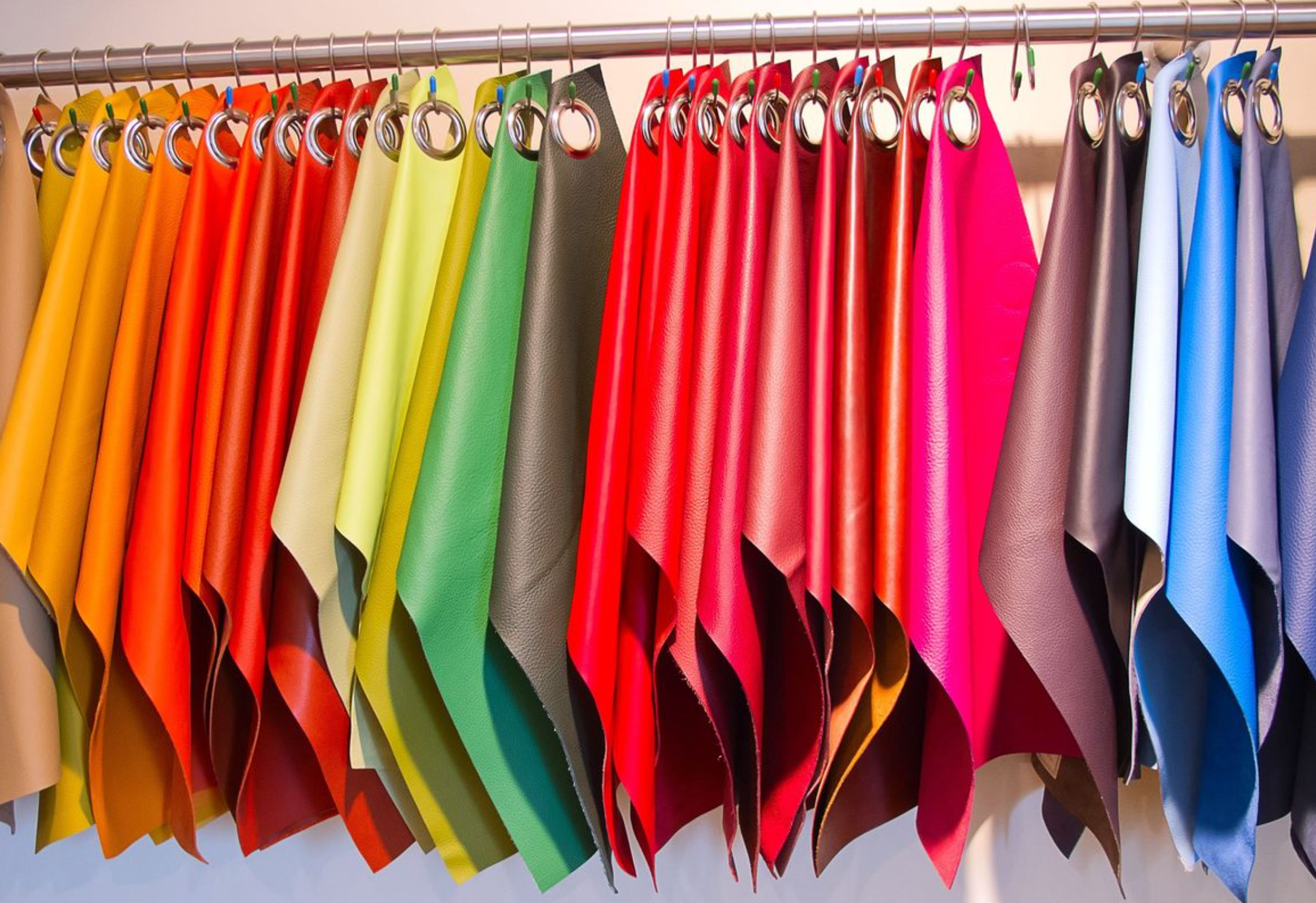How to Choose the Perfect Wardrobe Palette Based on Your Skin Tone
Have you ever looked at your wardrobe and felt like something was off? Maybe that bold red dress you bought doesn't give you the glow you expected, or the neutral beige blazer makes you feel a bit washed out. The secret might be in the colours you're wearing! Choosing the perfect wardrobe palette based on your skin tone can be a total game-changer, and here's how you can nail it.
Determine Your Skin Tone
The first step is to figure out whether you have a cool, warm, or neutral skin tone. Here's a quick guide to help you find yours:
Cool skin tones: If your skin has pink, red, or bluish undertones, you're likely cool-toned. Your veins might appear blue, and silver jewellery tends to look better on you.
Warm skin tones: If you notice yellow, golden, or peachy undertones, you're warm-toned. Your veins might appear green, and gold jewellery probably flatters you more.
Neutral skin tones: If you have a mix of cool and warm undertones, you’re neutral-toned. Lucky you—most colours will work for you!
Choose Colours That Complement Your Tone
Once you've nailed down your skin tone, choosing colours becomes easier. Here’s a guide to help you pick the best shades:
For Cool Skin Tones: Opt for colours with blue or pink undertones. Think icy blues, emerald greens, purples, lavender, and crisp whites. Stay away from earthy tones like oranges and yellows, as they can clash with your cool undertones.
For Warm Skin Tones: Reach for warm shades like oranges, reds, yellows, and olive greens. Earthy hues will enhance your skin's natural warmth. Avoid icy or pastel colours, as they can make you look dull.
For Neutral Skin Tones: You can wear a variety of colours! Not only can you look amazing in greens and blues, but you’ll find that colours such as teal and aqua make you stand out! You can also rock softer hues like blush and peach, as long as they are not too warm or cool..
Consider Seasonal Colour Analysis
If you're still unsure which colours suit you best, consider the seasonal colour analysis approach. This method categorises your skin tone into one of the four seasons—Winter, Spring, Summer, or Autumn. Each season has its own set of colours that enhance your natural features:
Winter: Bright, bold, and cool colours like cobalt blue, bright white, and charcoal.
Spring: Warm, light, and fresh hues like coral, peach, and golden yellow.
Summer: Soft, muted, and cool shades like lavender, pastel blue, and soft pink.
Autumn: Rich, warm, and earthy tones like burnt orange, olive green, and mustard.
Build a Capsule Wardrobe
Once you know your skin tone and colour palette, it's time to build a capsule wardrobe. This is a collection of versatile, timeless pieces in colours that make you look and feel your best. Start by adding basics like neutral tops, tailored trousers, and a great jacket in your flattering shades. From there, you can mix and match while staying true to your ideal palette.
Get Professional Help, Book Your Colour Analysis Today!
If you’re feeling overwhelmed or just want to get it right the first time, book a personal colour analysis. A professional can help you determine your skin tone, find your best colours, and give you tips on how to incorporate them into your wardrobe.
At Colour Capsule, we specialise in helping you find the perfect wardrobe palette based on your skin tone. Whether you're revamping your entire wardrobe or just looking to add a few new pieces, we’ll guide you every step of the way. Book your consultation today and start your journey to a more stylish, confident you!
With these tips, you'll be well on your way to creating a wardrobe that suits you perfectly. Remember, the right colours can make all the difference in how you look and feel. So why not take the guesswork out of it and book your appointment at Colour Capsule now? Your perfect palette is waiting!



